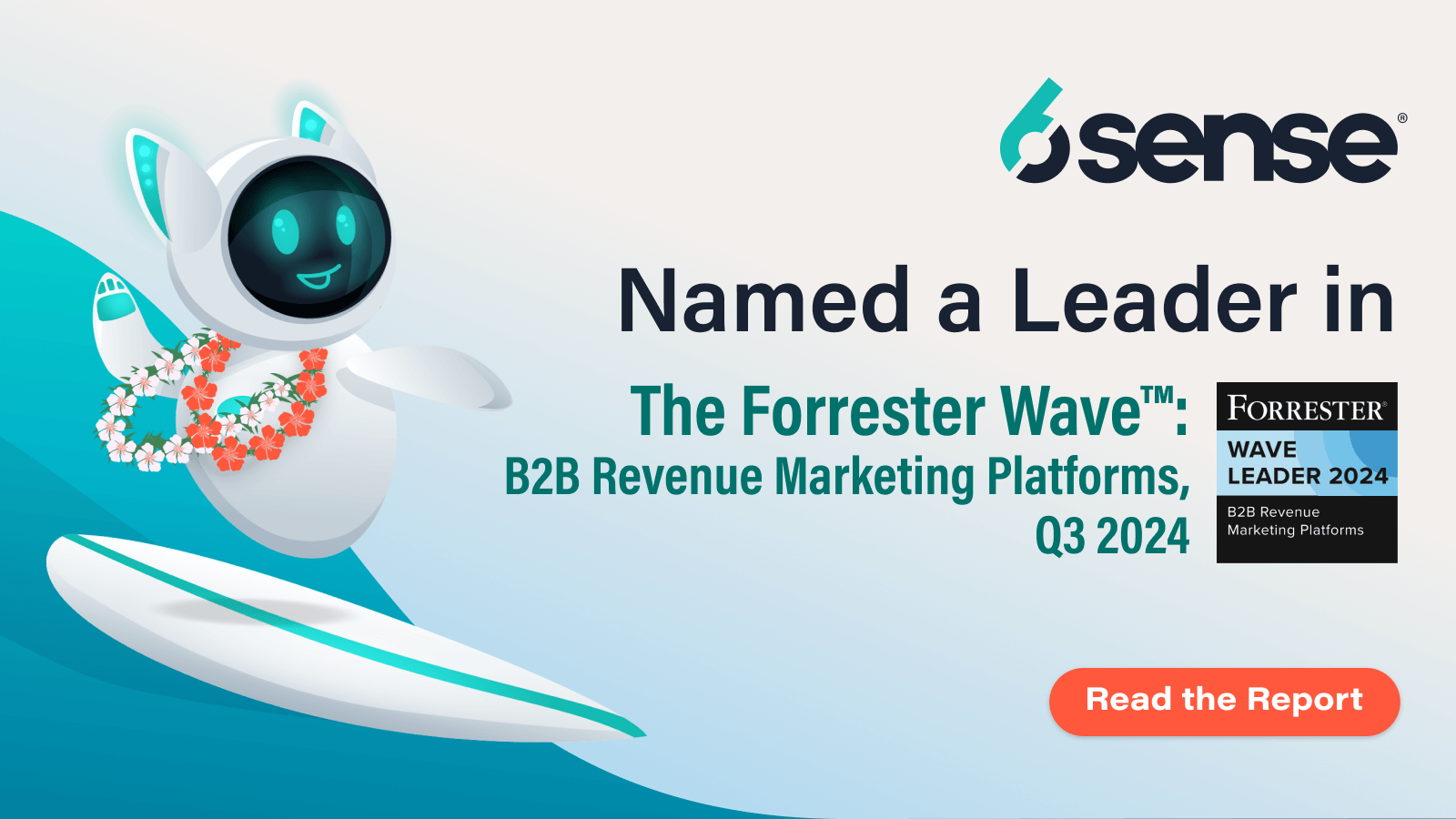Six Killer Buying Signals: A Litmus Test for Your Leads
Nothing kills businesses like a poor lead qualification process. And the difference between success and failure here can be as simple as using the right buying signals. But what exactly are buying signals, and how can you use them to identify the best leads for your business?
In this article, we’ll dive into the six key buying signals that’ll help you prioritize your prospects, so you can focus your energy and resources on the most promising leads.
6 Signals You Should Focus On
Buying signals identify a prospect’s likelihood to purchase. These can be intent data like website visits, email opens, and sales conversations. But it can also include company characteristics that indicate a company is poised to buy — regardless of whether they are currently researching.
Let’s take a closer look at the six non-intent buying signals that’ll help you identify and prioritize promising prospects who are in the pre-intent stage.
1. Budgetary Spend
An organization’s budgetary spend within a particular sector can tell you a lot about their buying behavior.
For example, if a company has spent a large part of their budget on hiring sales reps, purchasing sales tools, and conducting sales training sessions, they may be open to exploring more solutions in the sales space.
The problem is that obtaining this kind of data can be very difficult. A good place to start is to check out the company’s recent job listings related to your domain.
You can gain a better understanding of what products, services, skills, and tools they’re looking for, and can help you identify prospects that are likely to be interested in your product.
2. Ecosystem Spend
Zooming into a prospect’s ecosystem associated with your product can give you great insights into their buying behavior. For example, if you’re selling a sales intelligence tool, you’ll want to find prospects that already use other tools within the SaaS sales and/or sales intelligence ecosystems.
To find out which businesses have these tools, you can check out their job listings or search for mentions of relevant products and services on social media. Now you have a better idea of which companies are likely to be open to exploring solutions like yours.
3. Psychographics
Psychographics are attributes about an employee that might signal intent to buy. They can range from keywords in an employee’s resume to a post on social media complaining about a competitor’s product.
Understanding a company’s psychographic makeup can identify prospects who are likely to be interested in your product. To find this information, search for mentions of your competitors on social media.
4. Upcoming Contract Renewals
One great way to find leads is to look for your competitors’ customers with contracts that are about to expire. You can then get in touch with them before they renew their contract, and convince them to switch to your product instead.
To identify these prospects, you can use the right keywords and filters in social search, or look for mentions of upcoming contracts on job listings.
5. Click-Through and Landing Page Activity
If your website visitors are interested in your product or service, you can track their click-through and landing page activity to learn which prospects are most engaged with your content.
By doing so, you can prioritize your leads and target them with personalized content and messaging.
6. Lead Scoring
Lead scoring is a great way to prioritize your leads based on their likelihood to convert. You can assign a score to each lead based on their engagement level with your content, their interactions with your sales team, and other factors that are relevant to your product.
Conclusion
By using the six buying signals outlined in this article, you can prioritize your best prospects and focus your energy and resources on the leads that are likely to convert. Focusing your energy on identifying buying signals will help you maximize your ROI and boost your revenue.



